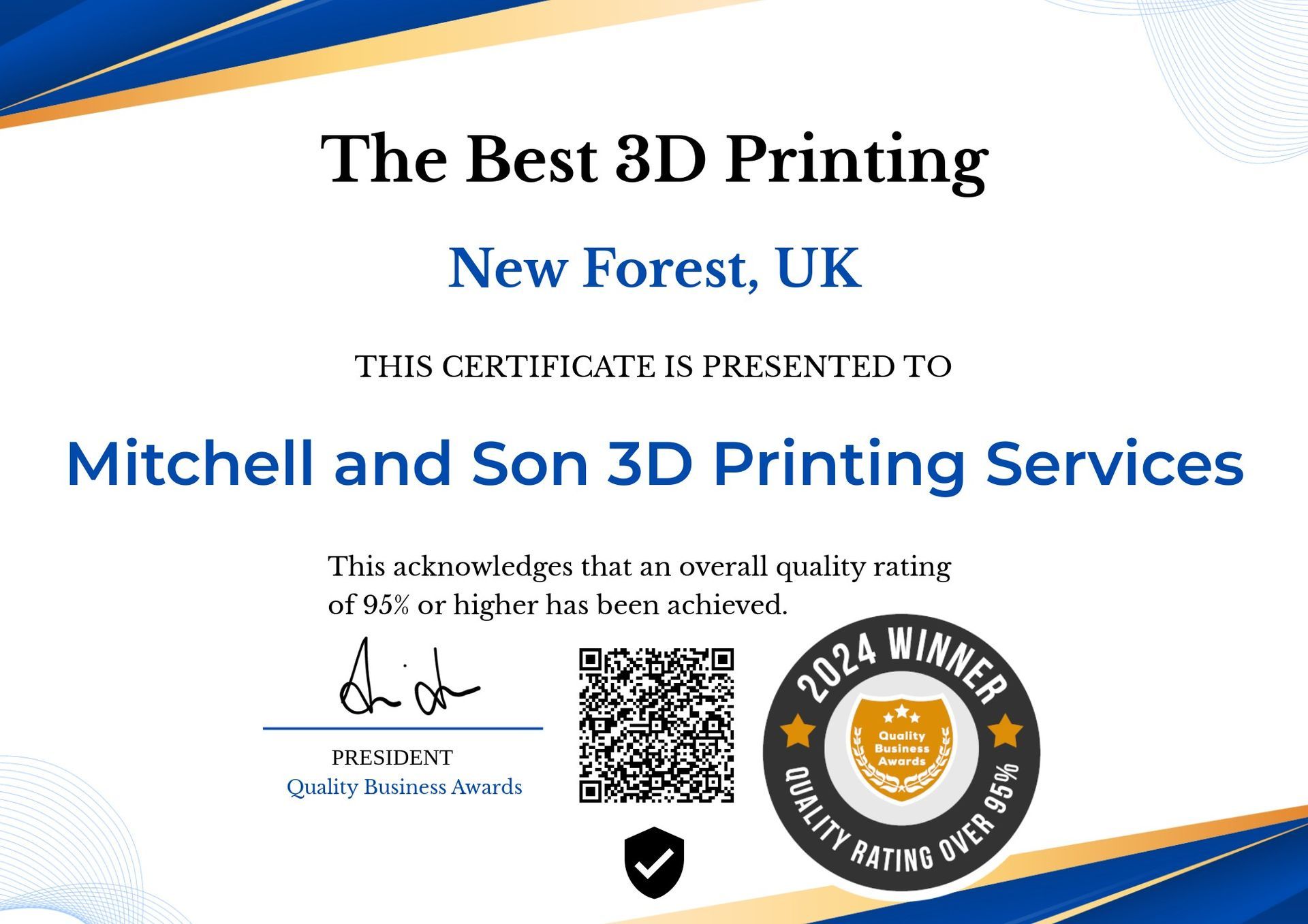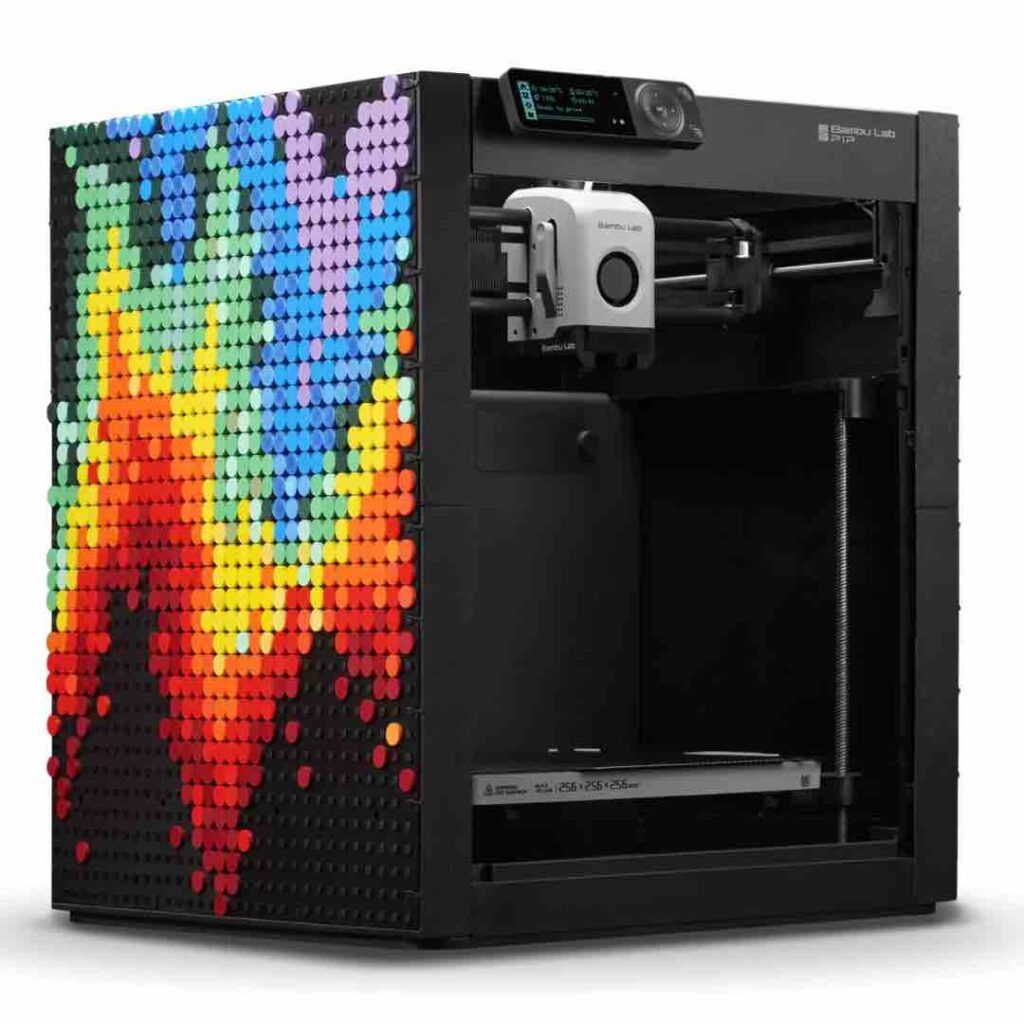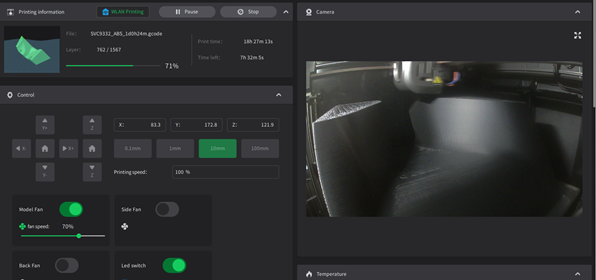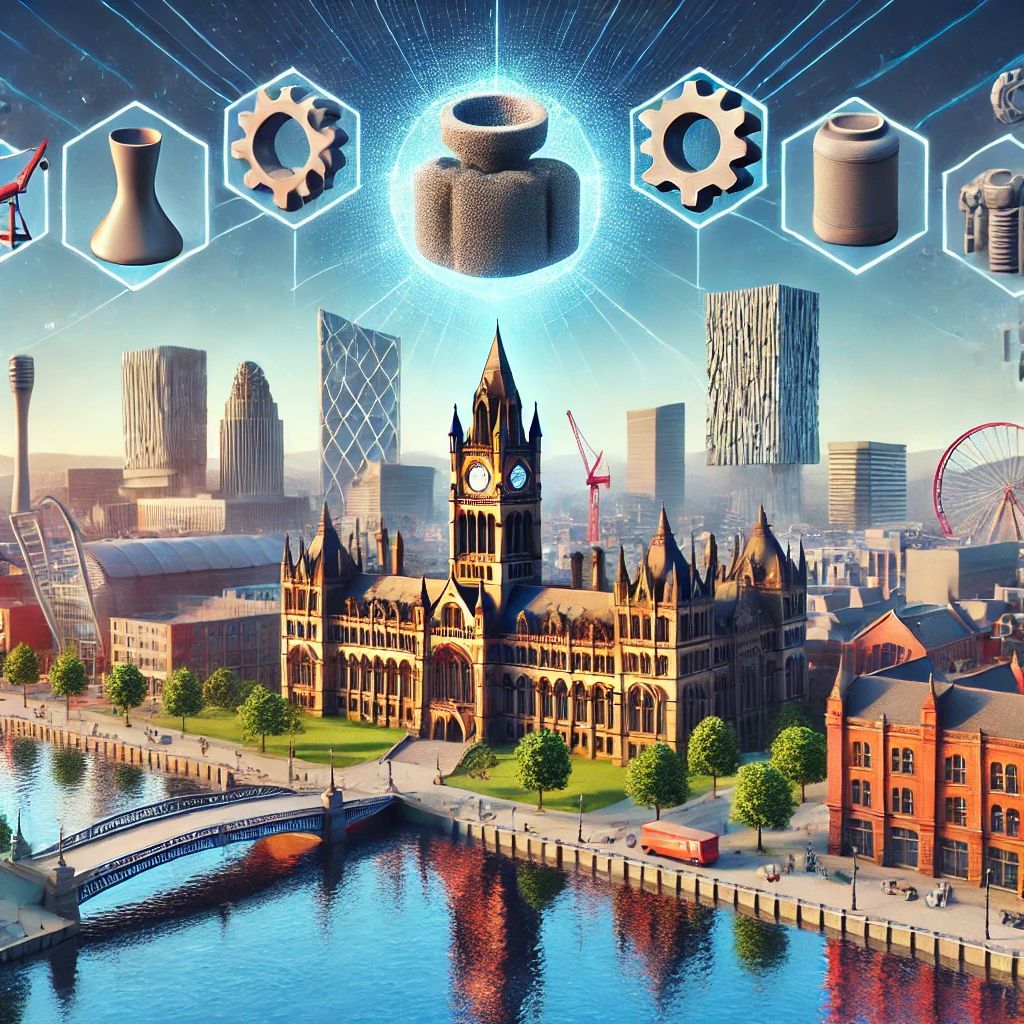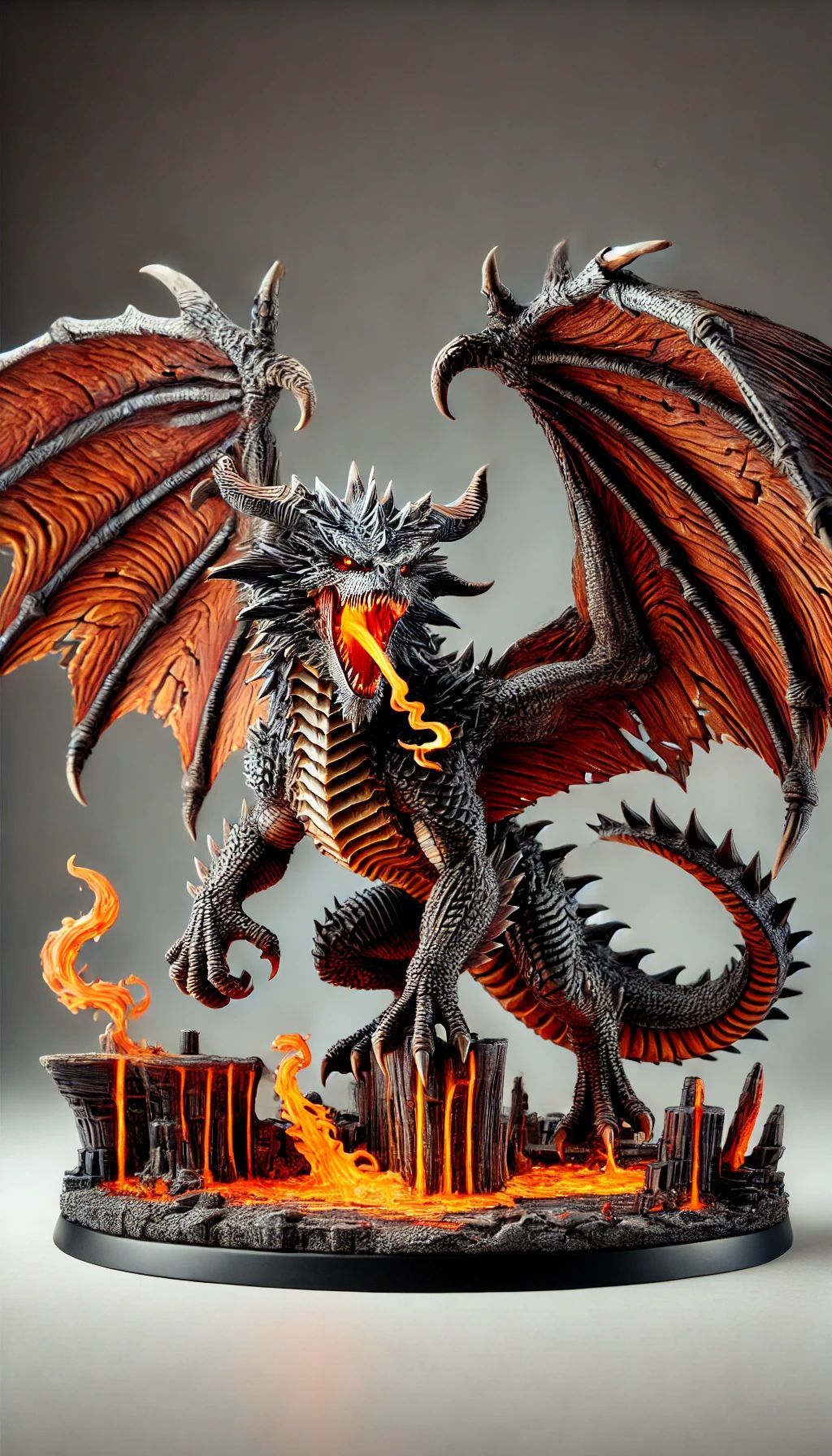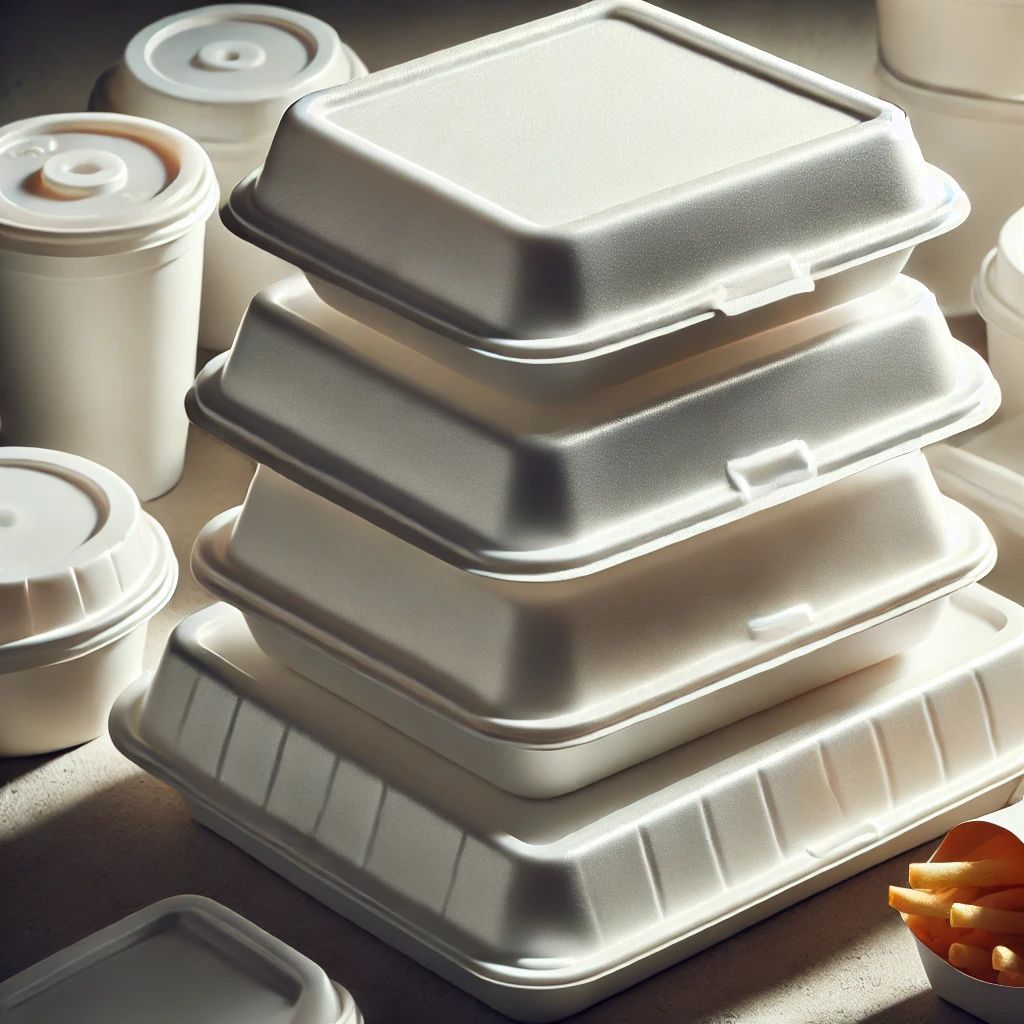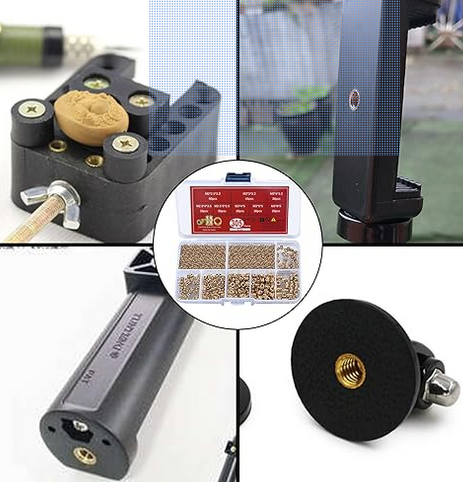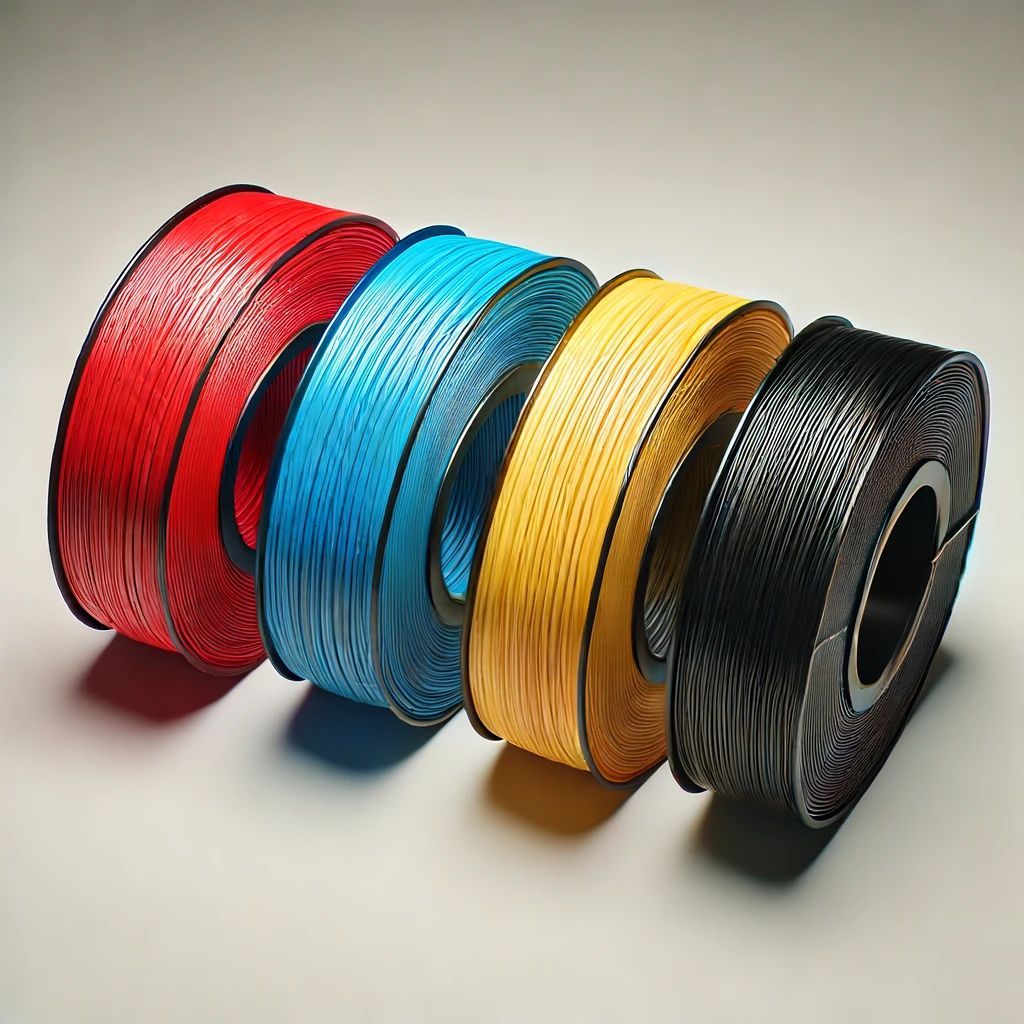Understanding Fused Deposition Modeling (FDM®) in 3D Printing
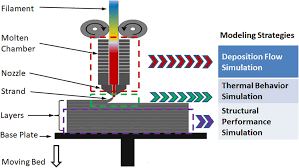
In the realm of 3D printing, there exists a fascinating and widely-used technology known as Fused Deposition Modeling (FDM®).
Also sometimes referred to as Fused Filament Fabrication (FFF), this method has revolutionized the way we bring three-dimensional objects into existence.
In this comprehensive guide, we will delve deep into the intricacies of FDM 3D printing, exploring its working principles, applications, advantages, and much more.
Introduction to Fused Deposition Modeling (FDM®)
At its core, Fused Deposition Modeling is a groundbreaking 3D printing technique that has gained immense popularity over the years. This section provides an overview of what FDM is and why it matters in the world of additive manufacturing.
A. The Basics of FDM
Let's start by unraveling the fundamentals of FDM. What exactly is Fused Deposition Modeling, and how does it work?
Fused Deposition Modeling (FDM) is an additive manufacturing process that involves the layer-by-layer deposition of thermoplastic materials to create three-dimensional objects. It's a revolutionary technology that has found applications in various industries, from aerospace to healthcare.
At the heart of FDM lies a 3D printer equipped with a heated nozzle that extrudes a continuous filament of thermoplastic material. This filament is then precisely deposited onto a build platform, where it cools and solidifies, layer by layer, eventually forming the desired object. The process is akin to a hot glue gun meticulously crafting intricate shapes.
B. Historical Evolution
A brief journey into the history of FDM, tracing its roots and evolution to its current state of prominence.
Fused Deposition Modeling has its origins in the late 1980s when Scott Crump, the co-founder of Stratasys, developed the first FDM 3D printer. His innovative approach of layering thermoplastic materials paved the way for a revolutionary manufacturing process.
How Does FDM Work?
To truly grasp the essence of FDM 3D printing, we need to dive into its mechanics. This section dissects the process step by step, shedding light on the intricate details.
A. Material Extrusion
One of the key components of FDM is material extrusion. We explore how thermoplastic filaments are transformed into tangible objects.
The process begins with a spool of thermoplastic filament, typically made of PLA, ABS, PETG, or other materials. This filament is fed into the 3D printer's heated extruder. As it passes through the heated nozzle, it softens and becomes malleable. The printer's precise movements, guided by a digital 3D model, dictate the path the extruder takes, depositing the material layer by layer. As each layer cools and solidifies, it fuses with the previous one, gradually building up the object.
B. Layer-by-Layer Construction
Discover the magic behind FDM's layer-by-layer construction, a technique that defines its precision.
FDM's layer-by-layer approach is what sets it apart from other 3D printing methods. Each layer, often just a fraction of a millimeter thick, is carefully deposited on top of the previous one. This precision allows for the creation of intricate and complex geometries that would be challenging to achieve using traditional manufacturing methods.
The layering process is akin to building a skyscraper, one floor at a time. The 3D printer follows the instructions from a digital design file, moving the extruder head with remarkable accuracy. This meticulous layering results in objects with high dimensional accuracy and fine surface details.
C. Build Plate and Support Structures
Understanding the importance of the build plate and support structures in the FDM process.
The build plate is the foundation upon which your 3D printed object takes shape. It's crucial for ensuring that each layer adheres properly and that the final product remains stable during printing. Build plates are typically heated, which helps prevent warping and improves adhesion.
In some cases, especially when printing complex or overhanging geometries, support structures are necessary. These temporary structures provide stability during printing and are removed once the print is complete. They ensure that the material can be deposited in mid-air without sagging or distorting the final shape.
Materials Used in FDM Printing
The choice of materials in 3D printing can significantly impact the final output. In this section, we delve into the wide array of materials compatible with FDM.
A. Thermoplastic Filaments
A detailed examination of the various thermoplastic filaments used in FDM, including PLA, ABS, and more.
Thermoplastic filaments are the lifeblood of FDM 3D printing. They come in a variety of materials, each with its unique properties. Some of the most common filaments include:
- PLA (Polylactic Acid): Known for its ease of use and environmental friendliness, PLA is a biodegradable material derived from renewable sources like cornstarch.
- ABS (Acrylonitrile Butadiene Styrene): ABS is durable and known for its strength, making it suitable for functional prototypes and end-use parts.
- PETG (Polyethylene Terephthalate Glycol-Modified): PETG combines the best of both PLA and ABS, offering ease of printing, durability, and chemical resistance.
B. Specialty Filaments
Exploring advanced filaments designed for specific applications, such as flexible, composite, and high-temperature materials.
While PLA, ABS, and PETG are the workhorses of FDM, there's a world of specialty filaments catering to niche needs:
- Flexible Filaments: TPU (Thermoplastic Polyurethane) and TPE (Thermoplastic Elastomer) are known for their flexibility, making them ideal for creating rubber-like objects.
- Composite Filaments: These filaments incorporate materials like carbon fiber, wood, or metal, adding strength and unique aesthetics to prints.
- High-Temperature Filaments: Materials like PEEK and Ultem can withstand extreme temperatures, making them suitable for aerospace and engineering applications.
Applications of FDM Printing
Fused Deposition Modeling is versatile and finds applications in various industries. Let's explore the practical uses of this technology.
A. Prototyping and Rapid Manufacturing
How FDM has revolutionized prototyping and accelerated product development.
FDM's speed and cost-effectiveness have made it the go-to choice for prototyping. From concept to physical model, businesses can quickly iterate their designs, saving both time and resources. This rapid turnaround is a game-changer in industries like product design, where time-to-market is critical.
B. Aerospace and Automotive
The role of FDM in aerospace and automotive industries, from creating prototypes to manufacturing components.
Aerospace and automotive sectors benefit from FDM's ability to produce lightweight, durable parts. Engineers can test concepts, design fixtures, and even manufacture custom tooling using FDM, contributing to cost savings and innovation.
C. Medical and Healthcare
Examining how FDM aids in the creation of custom medical devices, prosthetics, and dental models.
FDM plays a pivotal role in the healthcare sector, enabling the production of patient-specific medical devices. Prosthetic limbs, dental implants, and anatomical models for surgical planning are just a few examples. Customization and accuracy are paramount in healthcare, and FDM delivers on both fronts.
Advantages of FDM 3D Printing
FDM has its share of advantages that make it a preferred choice for many. This section highlights the benefits that set it apart from other 3D printing methods.
A. Cost-Effective
Why FDM is a cost-effective solution for both hobbyists and industries.
One of the most significant advantages of FDM is its affordability. The materials used in FDM are relatively inexpensive compared to other 3D printing technologies, making it accessible to a wide range of users. Additionally, the cost-effectiveness extends to energy consumption, as FDM printers require less power to operate.
B. Speed and Efficiency
The efficiency of FDM in producing intricate designs with speed.
FDM is known for its speed and efficiency, thanks to its layer-by-layer approach. Complex designs that would take weeks to manufacture traditionally can be 3D printed in a matter of hours. This rapid production can accelerate product development and reduce time-to-market.
C. Accessibility and User-Friendliness
How FDM democratizes 3D printing, making it accessible to a wide range of users.
FDM's user-friendly nature has contributed to its widespread adoption. With user-friendly software interfaces and a plethora of online resources, even beginners can quickly learn the ropes of 3D printing. This accessibility has sparked a maker movement, with enthusiasts and hobbyists embracing FDM technology.
Challenges and Limitations
No technology is without its challenges. This section discusses the limitations of FDM and potential issues users may encounter.
A. Layer Resolution
Exploring the impact of layer resolution on the final print quality.
While FDM can produce impressive results, achieving high levels of detail can be challenging. The layer resolution, or the thickness of each deposited layer, can affect the surface finish and intricacy of the final print. Smaller layer heights result in finer details but may require more time to print.
B. Support Removal
Challenges associated with support structure removal and post-processing.
Support structures, while necessary for some prints, can be cumbersome to remove. Careful post-processing is often required to clean up the final object and remove any support remnants. This can be a time-consuming task, especially for intricate designs.
Future Trends in FDM
The world of 3D printing is ever-evolving. In this section, we gaze into the crystal ball and predict the future trends of Fused Deposition Modeling.
A. Advancements in Materials
The role of new materials and their impact on FDM's future.
One of the most exciting prospects for FDM is the development of advanced materials. Researchers are continuously exploring new filaments with enhanced properties, such as improved strength, flexibility, and thermal resistance. These materials will expand the range of applications for FDM technology.
B. Industry Adoption
How various industries are expected to embrace FDM in the coming years.
As FDM technology matures, we anticipate broader adoption across industries. Sectors like healthcare, automotive, and aerospace will continue to leverage FDM for prototyping and production. The cost-effectiveness and versatility of FDM make it a valuable tool in the arsenal of manufacturers.
Conclusion
In conclusion, Fused Deposition Modeling (FDM®) has emerged as a game-changer in the realm of 3D printing. Its versatility, cost-effectiveness, and user-friendly nature make it a go-to choice for both enthusiasts and professionals alike. As technology continues to advance, FDM is set to play an even more significant role in shaping the future of manufacturing and design.
Frequently Asked Questions (FAQs)
- Is FDM the same as Fused Filament Fabrication (FFF)?
- While they are often used interchangeably, FDM is a trademarked term by Stratasys, while Fused Filament Fabrication (FFF) is a more generic descriptor for the same technology.
2. Can FDM 3D printers handle multiple materials simultaneously?
- Yes, some advanced FDM printers have dual extruders, allowing for the use of multiple materials in a single print.
3. What is the typical layer resolution achievable with FDM?
- The layer resolution in FDM printing can vary but is commonly in the range of 0.05 to 0.3 millimeters.
4. Are there any eco-friendly materials available for FDM printing?
- Yes, there are eco-friendly filaments like PLA (Polylactic Acid) that are biodegradable and made from renewable resources.
5. Is FDM suitable for producing functional end-use parts?
- Yes, FDM is often used to create functional prototypes and end-use parts, especially when combined with high-performance materials.


